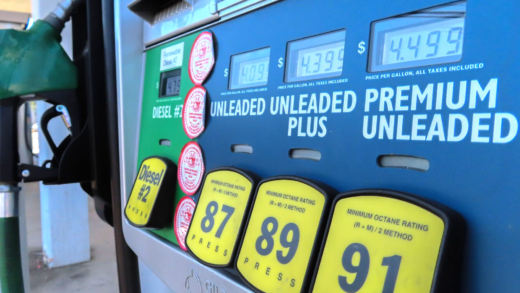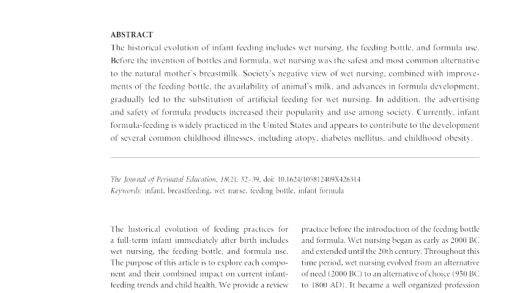Flex-fuel vehicles are adaptable, running on gasoline and ethanol blends like E85, offering environmental benefits and fuel flexibility. They differ from regular vehicles in engine design and fuel management. Finding flex-fuel stations can be challenging, but mobile apps and online resources can help. While they have downsides, such as availability and performance variability, the overall ecological impact is positive.
What is a Flex-Fuel Vehicle
A flex-fuel vehicle is a type of automobile designed to run on multiple types of fuel, primarily gasoline and ethanol. This innovative design allows these vehicles to utilize a blend of up to 85% ethanol, known as E85, alongside traditional gasoline. Flex-fuel vehicles are equipped with specialized engines that can detect the type of fuel being used and adjust their performance accordingly. This flexibility not only makes them versatile but also contributes to reducing dependency on fossil fuels.
Differences Between Flex-Fuel and Regular Vehicles
Flex-fuel vehicles differ from regular vehicles in several key aspects. Firstly, the engine of a flex-fuel vehicle is built to handle a wider range of fuel compositions, while regular vehicles typically operate on standard gasoline. Secondly, flex-fuel vehicles often feature enhanced fuel management systems that optimize performance based on the fuel type. This adaptability can lead to improved fuel efficiency when using ethanol blends. Additionally, flex-fuel vehicles may qualify for certain tax incentives due to their environmentally friendly nature, which is not always the case for conventional gasoline cars.
Types of Fuel for Flex-Fuel Vehicles
Flex-fuel vehicles can utilize a variety of fuel types, including:
- Regular gasoline: The most common fuel used by vehicles.
- E85: A blend of 85% ethanol and 15% gasoline, offering a higher ethanol content.
- Mid-level blends: Such as E20 (20% ethanol) or E30 (30% ethanol), providing flexibility based on availability.
This range allows drivers to choose the most cost-effective or environmentally friendly option available at the pump.
How the Engine Adapts
The technology behind flex-fuel vehicles includes advanced sensors and computer systems that allow the engine to adapt seamlessly to different fuel types. When a driver fills up with E85 or any ethanol blend, the vehicle’s onboard computer detects the fuel’s composition and adjusts the fuel injection and ignition timing accordingly. This ensures optimal performance and efficiency, regardless of whether the vehicle is running on gasoline or ethanol. This adaptability is crucial for maximizing the benefits of flex-fuel vehicles.
Benefits of Flex-Fuel Vehicles
Choosing a flex-fuel vehicle comes with several advantages:
- Environmental benefits: Lower greenhouse gas emissions compared to traditional gasoline vehicles.
- Fuel flexibility: Access to alternative fuels can lead to savings at the pump.
- Tax incentives: Potential eligibility for government rebates or tax breaks.
- Energy independence: Reduces reliance on foreign oil, supporting local agriculture through ethanol production.
These benefits make flex-fuel vehicles an appealing option for environmentally conscious consumers and those looking to save on fuel costs.
Challenges of Flex-Fuel Vehicles
While flex-fuel vehicles offer numerous benefits, they also come with their share of downsides. One of the primary concerns is the availability of E85 fuel. In many areas, flex-fuel stations are sparse, making it challenging for drivers to find the appropriate fuel. This can limit the convenience of owning a flex-fuel vehicle. Additionally, the fuel economy of ethanol blends is often lower than that of traditional gasoline, which means that drivers might find themselves filling up more frequently.
Moreover, the performance of flex-fuel vehicles can vary based on the type of fuel used. For example, using lower ethanol blends may result in diminished power and acceleration. There is also a perception among some consumers that flex-fuel vehicles are less reliable than their conventional counterparts. Furthermore, the initial cost of purchasing a flex-fuel vehicle can be higher, which may deter potential buyers.
Checking Flex-Fuel Compatibility
Determining if your vehicle is a flex-fuel vehicle is relatively straightforward. Most manufacturers label the vehicles accordingly. Look for the following indicators:
- Badges or Labels: Check for badges on the rear of the vehicle that indicate “Flex-Fuel” or “FFV” (Flexible Fuel Vehicle).
- Owner’s Manual: Consult the owner’s manual, which typically provides information about fuel compatibility.
- Fuel Filler Neck: Some vehicles have a yellow fuel filler cap, which is a common indicator of flex-fuel capability.
- VIN Lookup: You can also use the Vehicle Identification Number (VIN) to check compatibility online.
These simple steps can help you ascertain whether your vehicle can efficiently use flex-fuel options.
Understanding E85 Fuel
E85 fuel is a blend of 85% ethanol and 15% gasoline, specifically designed for flex-fuel vehicles. This high ethanol content allows for a cleaner burn compared to traditional gasoline, which can reduce greenhouse gas emissions. However, it’s essential to note that E85 is not suitable for all vehicles; only flex-fuel vehicles can utilize this fuel without risking damage.
The advantages of using E85 include potential cost savings at the pump, depending on local prices for ethanol and gasoline. However, the energy content in E85 is lower than that of gasoline, which may lead to reduced fuel economy. Drivers should weigh these factors when considering E85 as a fuel option.
Environmental Considerations of Flex-Fuel Vehicles
The environmental impact of flex-fuel vehicles is a significant factor in their appeal. These vehicles generally produce lower emissions compared to traditional gasoline vehicles, which can contribute to improved air quality. Ethanol, particularly when sourced from renewable crops, can reduce dependency on fossil fuels and promote sustainable energy practices.
However, there are concerns regarding the agricultural practices associated with ethanol production. The cultivation of crops for ethanol can lead to deforestation, water usage issues, and pesticide concerns. Therefore, while flex-fuel vehicles offer environmental benefits, it is crucial to consider the broader implications of ethanol production on ecosystems and agriculture.
Finding Flex-Fuel Stations
Finding flex-fuel stations can sometimes feel like searching for a needle in a haystack, especially if you’re in an area where E85 isn’t widely available. However, there are several strategies to help you locate a refueling option for your flex-fuel vehicle:
- Mobile Apps: Utilize apps like GasBuddy or the E85 Fuel Locator app, which provide real-time information on nearby flex-fuel stations.
- Online Maps: Websites like the U.S. Department of Energy’s Alternative Fuels Data Center offer maps to find flex-fuel stations across the country.
- Local Listings: Check local directories or community boards for listings of stations that offer E85 or other alternative fuels.
- Social Media: Join groups or forums focused on flex-fuel vehicles where members often share locations of refueling stations.
Using these resources can simplify your search and ensure that you can keep your flex-fuel vehicle running smoothly.
Conclusion
Flex-fuel vehicles represent a versatile and environmentally friendly option for drivers looking to reduce their carbon footprint while enjoying fuel flexibility. They can run on a mix of gasoline and ethanol, primarily E85, making them adaptable to various fuel types. The differences between flex-fuel and regular vehicles highlight the benefits of reduced emissions and potential cost savings, although challenges like fuel availability can arise.
Understanding how to identify flex-fuel compatibility in vehicles and knowing where to find refueling stations are crucial for maximizing the advantages of owning a flex-fuel vehicle. While they come with limitations, such as variable performance based on fuel type, the overall environmental impact is a significant consideration. With the right information and resources, drivers can confidently navigate the world of flex-fuel vehicles.





Comments are closed.